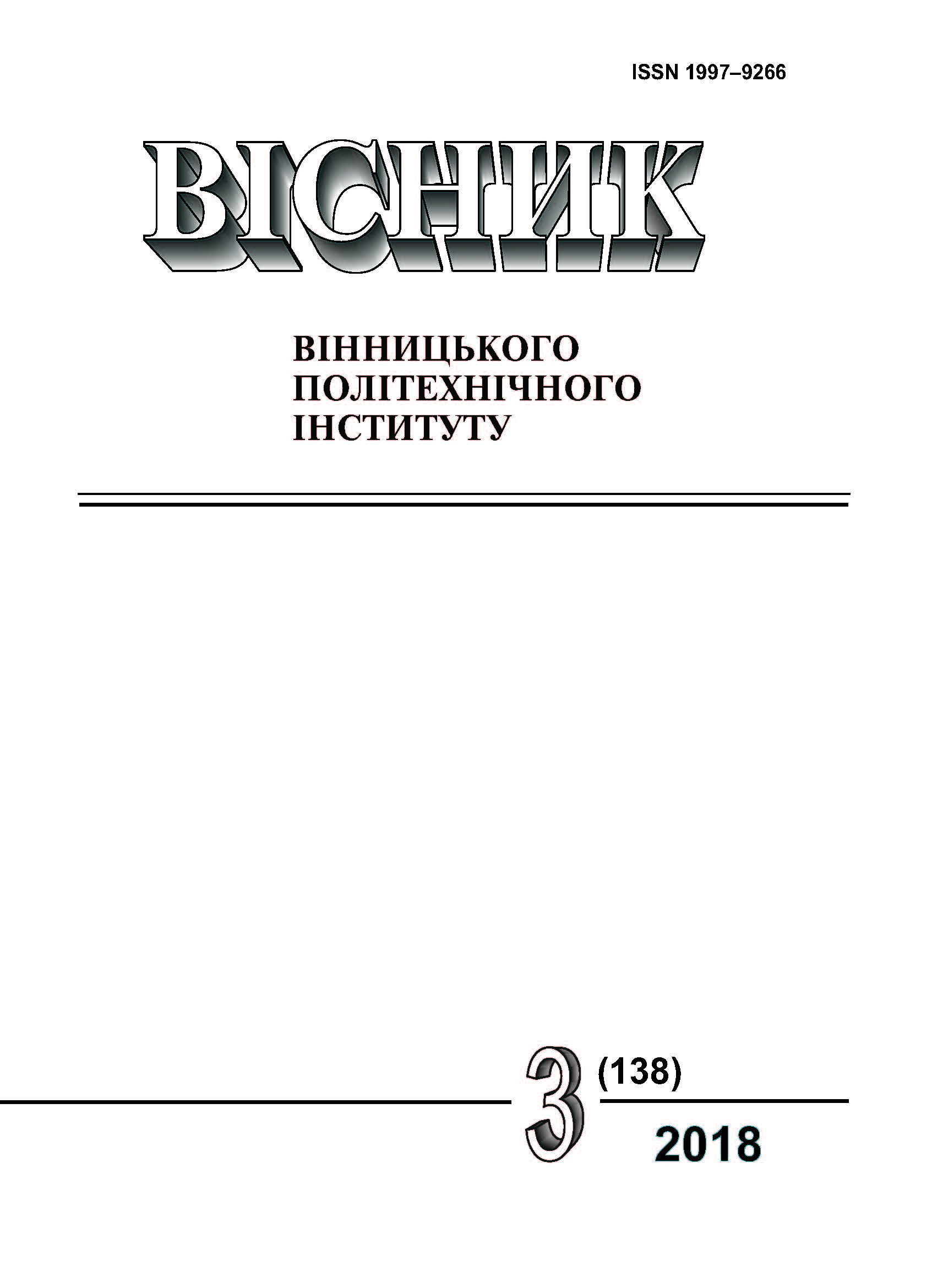Method of Designing Cognitive Map for Optimization of Vocational Guidance of Higher Educational Institution
Keywords:
system analysis, cognitive modeling, cognitive map, cognitive consonance, higher educational institution, applicantsAbstract
The article considers the problem of optimizing the behavior of a complex system in which the observed factors (indicators, variables) are not controllable and vice versa. It is noted that such a situation takes place when optimizing the vocational guidance activity of the university aimed at increasing the number of applicants for the bachelor’s degree of education, since the university can only influence its activities, and the choice of a particular university and its priority during the introductory company is done by the applicant himself. A new method for designing a cognitive map with the provision of cognitive consonances between controllable and observable vertices is proposed, which makes it possible to identify the weights of the arcs of such a map with the maximum use of all available information based on the results of polls of freshmen both for the arcs of observed vertices and arcs of controllable and other vertices. According to the fundamental idea of the method, each observed indicator is put in correspondence controlled. The indicators are interconnected by a complex of arcs, the direction and weight of which are determined by expert estimates and analytically. The working capacity of the developed method is shown on the example of constructing a cognitive map for the task of optimizing the vocational guidance activity of the university. The efficiency of the method is confirmed by the fact that the constructed cognitive map proved to be stable, that is, it can indeed be used for cognitive modeling tasks. The analysis of the vertices and descriptions and values of the weights made it possible to formulate a set of recommendations on the priority activity of the university. Its activities should be aimed at optimizing the main indicators related to strengthening the human and material and technical potential of the educational institution, international activities, cooperation with employers and employment of graduates, working with schoolchildren, graduates and informing about their activities in the media and social networks, etc.
References
Mikhail Z. Zgurowsky, Victor D. Romanenko, and Yuriy L. Milyavskiy, “Principles and Methods of Impulse Processes Control in Cognitive Maps of Complex Systems. Part 1,” Journal of Automation and Information Sciences, vol. 48, iss. 3, pp. 36-45, 2016. doi: 10.1615/JAutomatInfScien.v48.i3.40.
В. Д. Романенко, Ю. Л. Мiлявський, та В. Б. Мокін, «Автоматизація управління водним балансом водогосподар-ської ділянки з нейтралізацією обмежених природних збурень на основі когнітивних моделей,» матеріали 19-ї Міжна-родної науково-технічної конференції SAIT 201., Київ, 22-25 травня 2017 р. Київ,Україна: ННК «IПСА» НТУУ «КПI» iм. Ігоря Сікорського, с. 111, 2017.
Vitalii Mokin, Іlona Varchuk, Kostiantyn Bondaletov, and Olena Slobodianiuk, “Method for Analyzing and ptimizing the Topologic Observability of Cognitive Maps of Complex Spatially Distributed Systems,” CONFERENCE PROCEEDINGS 2017 IEEE First Ukraine Conference on ELECTRICAL AND COMPUTER ENGINEERING (UKRCON.) May 29-June 2, 2017 Kyiv, pp. 865-869. doi 10.1109/UKRCON.2017.8100371.
В. Б. Мокін, та К. О. Бондалєтов, «Новий підхід до автоматизації оптимального управління водогосподарським балансом басейну річки на основі когнітивних карт,» у «Інтернет–Освіта–Наука – 2016»: збірник матеріалів Х Між-народної науково-практичної конференції «ІОН-2016», 11–14 жовтня 2016 р., Вінниця, Україна: УНІВЕРСУМ-Вінниця, 2016, с. 101-103.
Социологический энциклопедический словарь. На русском, английском, немецком, французском и чешском языках. Ред. Г. В. Осипов. Москва, Россия: изд-во НОРМА (Издательская группа НОРМА -ИНФРА-М), 2000, 488 с.
Дослідження «Соціально-економічний портрет студентів: результати опитування» від Аналітичного центру CEDOS. [Електронний ресурс]. Режим доступу: https://cedos.org.ua/uk/osvita/sotsialno-ekonomichnyi-portret-studentiv-rezultaty-opytuvannia .
Downloads
-
PDF (Українська)
Downloads: 623
Published
How to Cite
Issue
Section
License
Authors who publish with this journal agree to the following terms:
- Authors retain copyright and grant the journal right of first publication.
- Authors are able to enter into separate, additional contractual arrangements for the non-exclusive distribution of the journal's published version of the work (e.g., post it to an institutional repository or publish it in a book), with an acknowledgment of its initial publication in this journal.
- Authors are permitted and encouraged to post their work online (e.g., in institutional repositories or on their website) prior to and during the submission process, as it can lead to productive exchanges, as well as earlier and greater citation of published work (See The Effect of Open Access).





